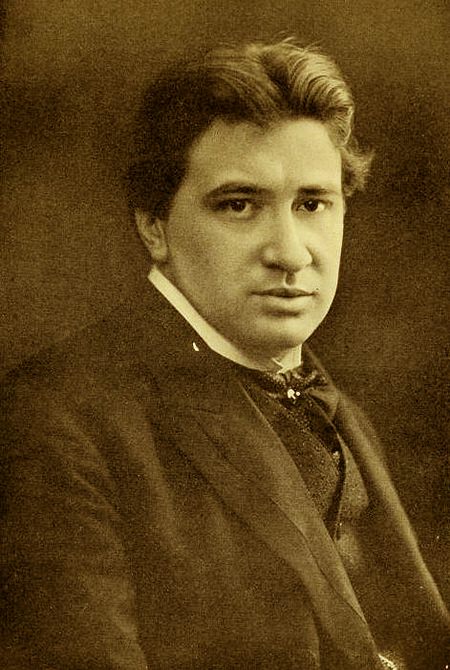
One day back in the 1970s, I made one of my regular visits to London’s Tate Gallery, an imposing building that sits on the north bank of the River Thames only a mile or so down the road from the Palace of Westminster. At the time, there was a mild controversy over some paintings by Mark Rothko which had been acquired by the gallery and I wanted to see them for myself. They had been commissioned in1958 by the American beverage company Joseph Seagram and Sons, to adorn their new luxury restaurant in New York, the Four Seasons.
Despite the fact that Rothko had received the commission of a lifetime, for various convoluted reasons he suddenly changed his mind at the last moment. He gave nine of the paintings to the Tate Gallery with precise instructions as to how they should be exhibited. Rothko, you might recall was best known for his large abstract works which tended to feature out-of-focus blocks of colour. The Seagram Paintings as they have become known are especially bleak and enigmatic.
I can vividly recall my first encounter with these iconic works, which were hung reverently in a low-lit cavernous room with grey walls. At first sight, they really are breath-taking. I was surprised by the sheer size of the paintings, for they are enormous. Although the browns and reds are warm and rich there is a compelling sense of alien beauty about them. It was like coming to face-to-face with another intelligence and ever-so-slightly unnerving. No one can fail to look at them without some kind of reaction, if even only a slight shudder. But that, it turned out is exactly what Rothko wanted.
Like Rothko, the composer Morton Feldman was also of Russian-Jewish descent and his music reminds me so often of Rothko’s vast paintings. Also like Rothko, Feldman began to explore a style that had no relation to traditional practices. He was breaking new ground and exploring territories as yet unknown. He experimented with his own forms of musical notation, sometimes specifying how many notes should be played at a certain time, but not exactly which ones. He was pioneer of the so-called indeterminate music.
Feldman, who incidentally was born on 12th January, was a major figure in American twentieth century music. He was close to the key players in the arts and was also friends with Rothko. In its own way his music is as distinctive as Rothko’s paintings are. Quietness dominates. There’s a sense of slowly evolving organic growth and the musical ideas seem to float lazily in his softly unfocussed sound world. There’s a sense of free rhythm and a feeling of timelessness.
In some of his later works, Feldman started exploring extremes of duration. His String Quartet II for example which dates from 1983 is over six hours long. It doesn’t get performed very often. In contrast, Rothko Chapel lasts a fleeting twenty five minutes.
Feldman composed this work in 1971 inspired by his visit to the Rothko Chapel in Houston, Texas. The building – as you might expect – contains paintings by Rothko. This sparse, sombre and reflective music uses soft and delicate sounds which often fade into silence. It’s scored for soprano, alto, viola, mixed chorus and celesta with an impressive array of percussion instruments.
Perhaps the best way to hear this enigmatic work is by using headphones in a quiet, darkened room without distraction. This haunting music might not perhaps be your cup of tea, but do give it a try. I find the work captivating, partly because it evokes the unworldly spirit of those Rothko paintings I first encountered so long ago.
Wolf-Ferrari was also born on 12th January and this chamber symphony is an immensely enjoyable work. In case you’re wondering, his surname was originally plain old Wolf, but when he was nineteen he cunningly added his mother’s maiden name. It instantly made his name more appealing but perhaps he did it to avoid confusion with the well-known Austrian composer and song-writer Hugo Wolf.
Although Wolf-Ferrari studied piano from an early age, he wanted to be a painter like his father and even began studying at art school. But he eventually decided to concentrate on music and later became known for his immensely successful comic operas. He certainly had the gift of good melody writing. Just listen to the gorgeous melody that emerges at 10:23 a few moments before the end of the first movement. The lyrical second movement (10:57) has some haunting melodies too. There are many other magic moments in this expansive and delightful work. But if you don’t mind, I’ll leave you to discover them for yourself. I’m going for a gin and tonic.
 |
 |
 |





